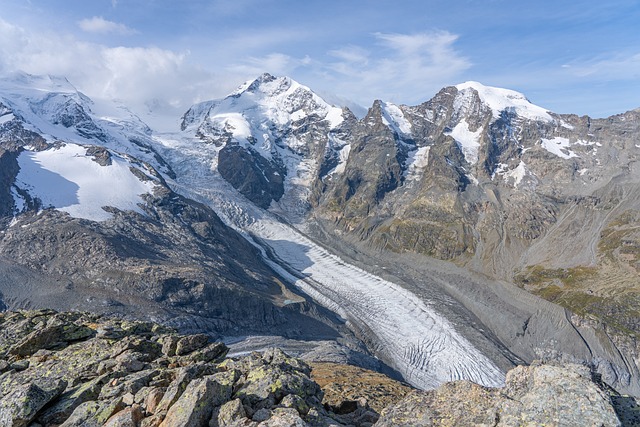INTRODUCTION
Heavy metals are chemical elements that are toxic in nature even in smaller concentrations and some are often categorized as carcinogenic.
WHAT ARE HEAVY METALS?
Heavy metals are usually described as elements with higher atomic mass, densities, or atomic numbers.
EXAMPLES OF HEAVY METALS
The common examples of heavy metals are lead (Pb), thallium (Tl), chromium (Cr), arsenic (As), cadmium (Cd), mercury (Hg), etc.
HEAVY METAL POLLUTION
Pollution or contamination of the environment due to the release of heavy metals into the ecosystem is called heavy metal pollution. Heavy metals are environmental contaminants. They are naturally toxic, persistent, and bioaccumulative when present in the environment.
SOURCES OF HEAVY METALS POLLUTION
Sources of heavy metals pollution include both natural and anthropogenic factors.
- Natural Sources: This includes natural events such as volcanic eruption and weathering of rocks/soil.
- Anthropogenic Sources: This includes human activities such as pharmacy, industrial, agricultural, and mining activities. Domestic effluents are also a significant source of heavy metal pollution.
EFFECTS OF HEAVY METAL POLLUTION ON THE ENVIRONMENT
Heavy metals can stay in the environment for a longer time due to which they can prove to be extremely dangerous for the environment. Heavy metals in the concentration of parts per billion can cause toxicity. Heavy metals pollution can have negative impacts on the environment that are listed below.
1. Water contamination: Heavy metal pollution causes water contamination/water pollution. This lead to degradation of water quality/loss of water quality and water is not suitable for drinking purpose.
2. Groundwater Pollution: Due to heavy rainfall the heavy metals present in the solid waste can join the leachate and may reach groundwater. The contamination of groundwater with heavy metals poses negative threats to the ecosystem.
3. Soil Contamination: Heavy metals contaminate soil leading to soil pollution. Urban runoff or agriculture runoff containing heavy metals can contaminate the surface water.
4. Air pollution: Heavy metals are contaminating the air due to fossil fuel combustion, industrial activities, etc. Air contaminated with heavy metals has negative impacts on the lungs.
5. Marine Ecosystem: Heavy metal pollution adversely impacts the marine ecosystem. Bioaccumulation and biomagnifications is one of the environmental issues associated with heavy metal pollution. You may like to read Bioaccumulation and Biomagnification of Toxic Chemicals
6. Vegetation Contamination: Heavy metals also negatively impact plant growth cause plant diseases and death of plants due to bioaccumulation.
EFFECTS OF HEAVY METAL POLLUTION ON THE MARINE ANIMALS
Heavy metal pollution can have detrimental health effects on marine animals. Some fish species are sensitive to heavy metals and cannot survive in water contaminated with heavy metals. Heavy metals show effects on the developmental stage of fish species.
Also read: What Is Environmental Toxicology And What Are Its Branches?
EFFECTS OF HEAVY METAL POLLUTION ON THE ANIMALS
Heavy metal pollution shows negative impacts on the animals. The extent of damage is associated with exposure to heavy metals. When heavy metals enter the animal body, they can cause damage to the internal organs of an animal body.
EFFECTS OF HEAVY METAL POLLUTION ON THE HUMANS
Heavy metals pollution has dangerous effects on humans. The effects could be chronic or acute. However, long-term exposure to heavy metals leads to cancer. Heavy metal pollution can cause severe damage to the lungs, kidney, brain, and liver. Humans can suffer mental disorders due to heavy metal pollution.
For more info: Environmental Toxicology Flowchart – Exposure to Excretion
CONCLUSION
Heavy metals are persistent in nature and once they get in accumulated in the environment, the damage caused by heavy metal pollution is irreversible. Human activities are degrading the environment. Due to its bioaccumulative nature, heavy metals enter the food chain and show deleterious effects on the ecosystem. The groundwater is the most vulnerable to heavy metal pollution and contaminated waterways affect the living organisms.
Also check out: Makeup Industry and Its Negative Impacts on the Environment
I hope you all liked this post! Please comment below if you have any suggestions, comments, or feedback! We at #envpk love hearing from our readers! Thanks!




